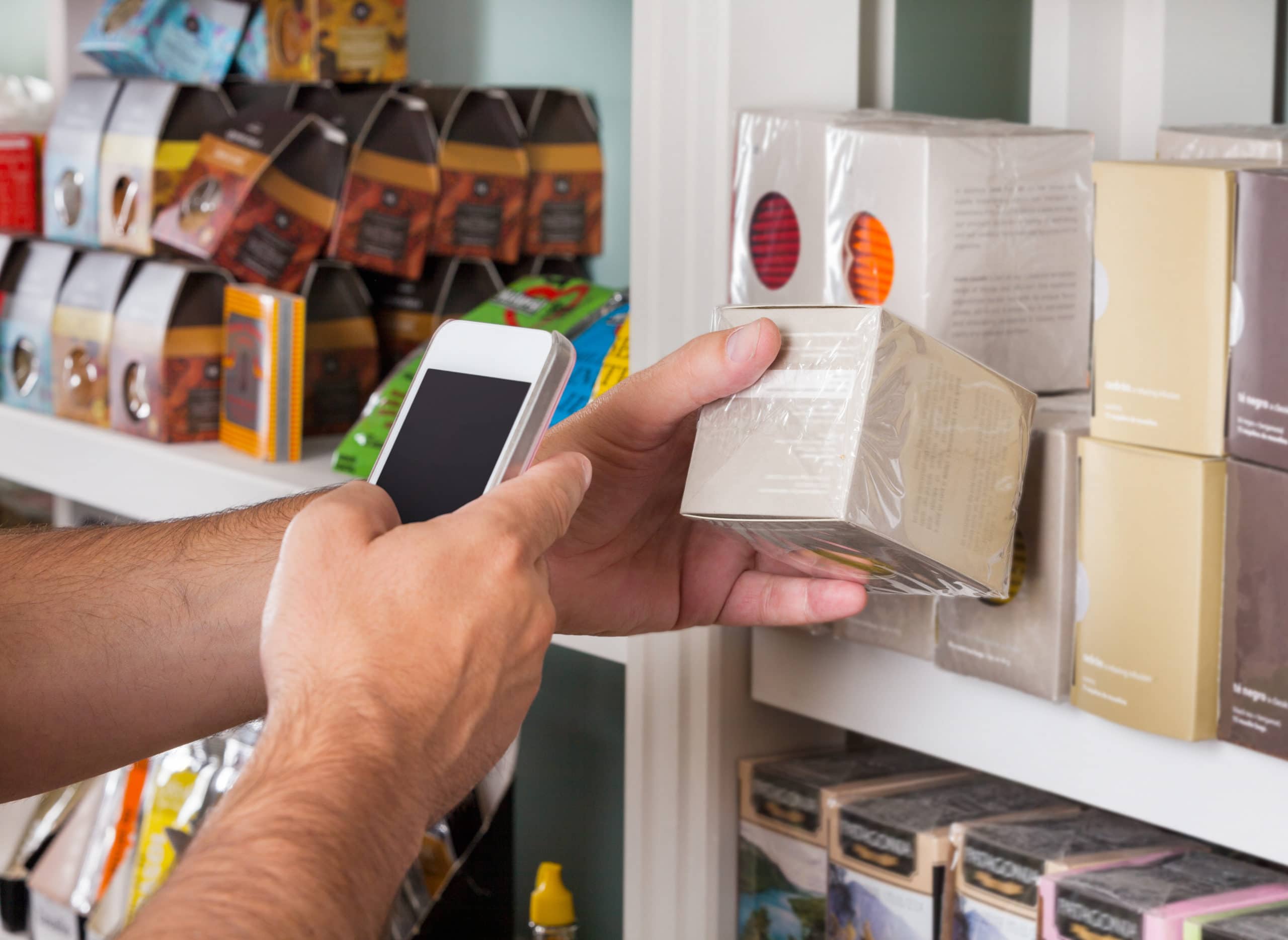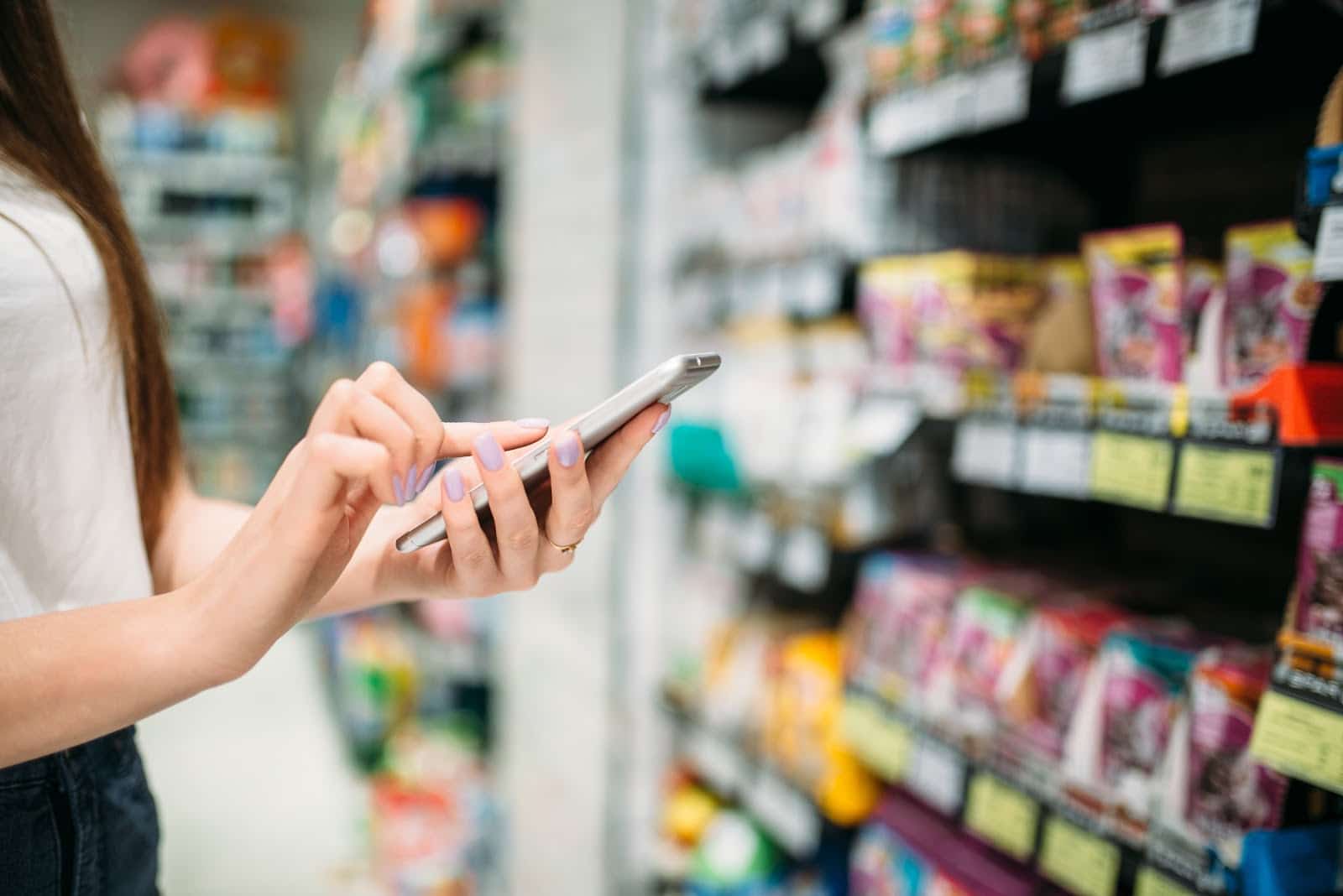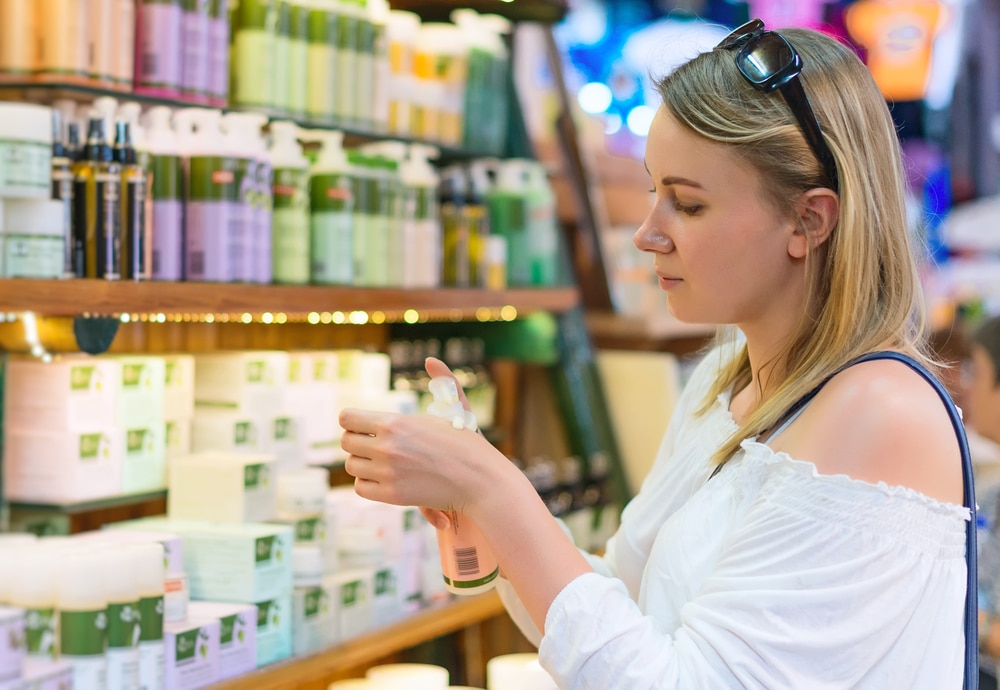In-store marketing is relatively affordable when compared to other forms of advertising like billboard ads and TV spots. Continue reading “Mobile: The most effective in-store marketing channel”
Category: CPG
America’s New Shopping Routine: Stocking Up and Spending Less
Latest Shopkick survey finds consumers in states hit hardest by new COVID cases are still shopping in-store
Continue reading “America’s New Shopping Routine: Stocking Up and Spending Less”
Shopper marketing: How mobile technology is transforming shopper engagement
Shopper marketing is a broad term defined as last-minute efforts to influence a shopper’s behavior at the point of purchase. Continue reading “Shopper marketing: How mobile technology is transforming shopper engagement”
CPG brand marketing: Building a brand identity that fosters loyalty
The CPG industry has seen a number of dramatic shifts over the past decade, with the digitization of many aspects of daily life and the rise of high-quality, private label brands.
Continue reading “CPG brand marketing: Building a brand identity that fosters loyalty”
Americans’ Shopping Concerns Around COVID-19 Are Subsiding
More than half of consumers report shopping in-store multiple times per week
Continue reading “Americans’ Shopping Concerns Around COVID-19 Are Subsiding”
Parents, the Pandemic and Preparing for Back-to-School
Hand sanitizer, cleaning wipes and masks top the 2020-2021 school season shopping lists.
Continue reading “Parents, the Pandemic and Preparing for Back-to-School”
Consumers are still shopping in-store despite COVID-19, but will only make one stop
The COVID-19 pandemic has led to widespread fear, anxiety, and uncertainty across the nation. As the pandemic intensifies week to week, consumers continue to shift the way that they shop to adjust to this new normal. Continue reading “Consumers are still shopping in-store despite COVID-19, but will only make one stop”
American Shopping Behavior Evolving Weekly Amidst COVID-19 Crisis
Essential items remain out-of-stock on store shelves, consumers tightening belts on nonessential items.
As COVID-19 continues to impact Americans’ daily lives, new updates and stricter regulations paired with growing concerns about the virus have led to drastic changes in consumer shopping behavior in just a matter of weeks, according to a new Shopkick survey. After comparing the new data with two previous surveys – the first in mid-March, the other in early April – we found key differences in consumer behavior related to in-store shopping, spending on non-essential items, health precautions and more.
In this latest study, we surveyed more than 20,000 consumers across the country between April 16-20, 2020 to gain insights into how consumer behavior has changed as the COVID-19 situation evolves.
Key findings include:
Growing concerns are changing shopping behavior. In the March survey, 76 percent of consumers said concerns about the virus were affecting their shopping habits. Now, with national stay-at-home orders in effect and people having a much clearer understanding of how the virus spreads, that number has jumped to 82 percent, with 45 percent of consumers also saying they were more concerned.
Consumers are frequenting new retailers more often. Consumers remain open to trying new brands and products, with more taking advantage of varied inventory at different types of retailers. The number of consumers visiting a wider range of store types increased in the latest survey, with a higher percentage saying they were shopping in grocery stores (77 percent in April, 72 percent in March), big box retailers (72 percent in April, 69 percent in March), drug stores (45 percent in April, 42 percent in March), dollar stores (35 percent in April, 32 percent in March), club stores (29 percent in April, 27 percent in March) and convenience stores (20 percent in April, 19 percent in March).
Americans are only braving stores once a week. In the March survey, 50 percent of consumers said they averaged one trip to the store per week. Now, with social distancing orders in effect across the country, that number has increased to 60 percent, with a near 10 percent drop in more frequent shopping trips across the board.
Health precautions now include wearing gloves and masks. Ninety-one percent of consumers now take additional health precautions while shopping in-store, compared to 85 percent previously. These precautions include disinfecting hands and shopping carts (89 percent), using debit/credit cards to avoid exchanging cash (68 percent), shopping at less busy times (67 percent) and using self-checkout (53 percent). Due to new government regulations, many shoppers are also wearing protective masks (78 percent) and gloves (42 percent) while in stores.
Younger shoppers are still stocking up. America’s youngest consumers are continuing to fill their shopping carts with essential items. Most Gen Zers (67 percent) and Millennials (58 percent) said they were still stocking up this month, compared to less than half of Gen Xers (49 percent) and Boomers (42 percent).
Consumers are spending less on non-essential purchases. In March, slightly more than half of consumers said they were spending less on non-essential purchases (52 percent). Now, that number has increased to 67 percent.
Toilet paper is still out of stock. Americans are still struggling to find essential items on store shelves, with 64 percent reporting these items as sold out or low-in-stock. Consumers said the most out-of-stock essentials included toilet paper (91 percent), cleaning supplies (81 percent), paper towels (71 percent) and medical items like masks and gloves (59 percent). Meanwhile, other essentials like soups and canned goods (37 percent), baby wipes (35 percent), pasta (33 percent), painkillers and medicine (23 percent) and pet supplies (eight percent) appeared to be making their way back to shelves.
Similar data was uncovered by Trax, the parent company of Shopkick. The leading global provider of computer vision solutions and analytics for retail looked at two weeks of shelf inventory data (March 30 – April 10) from more than 300 stores across a variety of U.S. retailers. Trax processed over 50,000 images of shelves carrying 10 essential product categories to understand the reality of shelf availability in store.
This broad picture of actual product availability depicts similar findings to what consumers reported seeing totally out-of-stock and low-in-stock items included toilet paper (92 percent), cleaning supplies (53 percent) and baby wipes (46 percent). Meanwhile, painkillers, pasta, soups and pet supplies were mostly in-stock.
“As the realities of COVID-19 sink in and we get a better grasp on how to combat the virus, consumers will continue to change their shopping behaviors to match,” said Dave Fisch, general manager of Shopkick. “We have already seen ebbs and flows in actual purchasing behavior as Americans figure out how to navigate the situation for themselves and their families. We hope that by providing the most up-to-date data, we can help paint the full picture of what retailers and consumers are experiencing during these rapidly changing times.”
Get in touch for more information on our continued efforts to help our partners navigate shifting consumer behaviors during these unprecedented times.
Majority of Americans Still Braving Physical Retailers Amidst COVID-19 Crisis
Consumers are spending more per shopping trip, but looking for ways to stretch their dollars.
Continue reading “Majority of Americans Still Braving Physical Retailers Amidst COVID-19 Crisis”
Learn how to increase sales in the grocery store
With increasing competition from home delivery meal kits and online grocers, brands are wondering how to increase sales in grocery stores. Continue reading “Learn how to increase sales in the grocery store”
How Can Retailers Compete with Amazon?
Amazon has risen to become the top eCommerce platform over the past 25 years. Continue reading “How Can Retailers Compete with Amazon?”
Find out how to increase product engagement to boost sales
Many customers enjoy the in-store retail experience because they can pick up, feel, and try products firsthand. Continue reading “Find out how to increase product engagement to boost sales”












